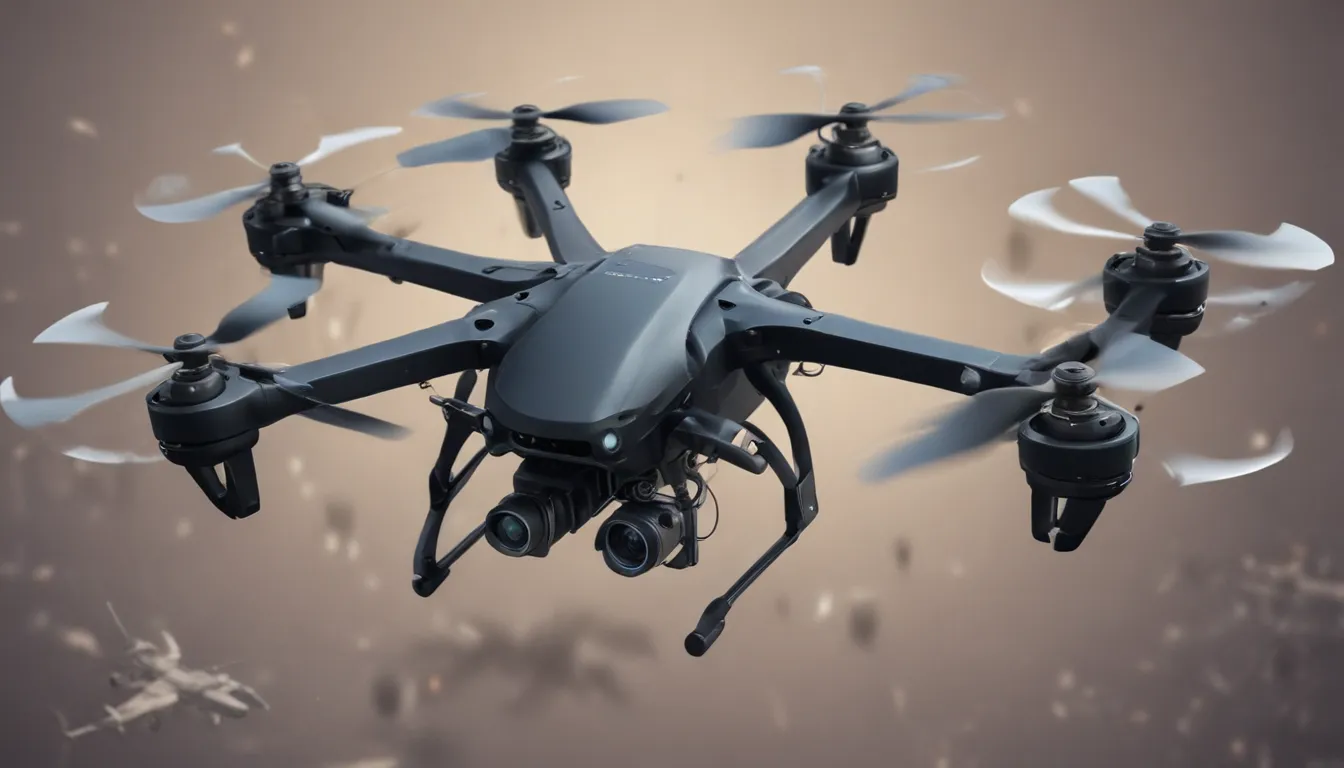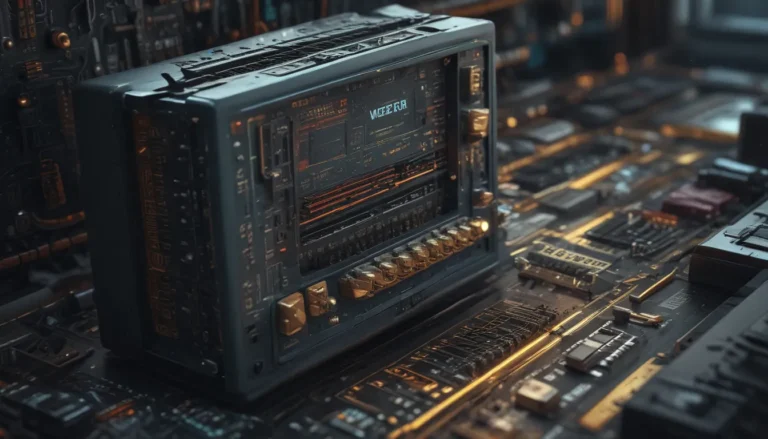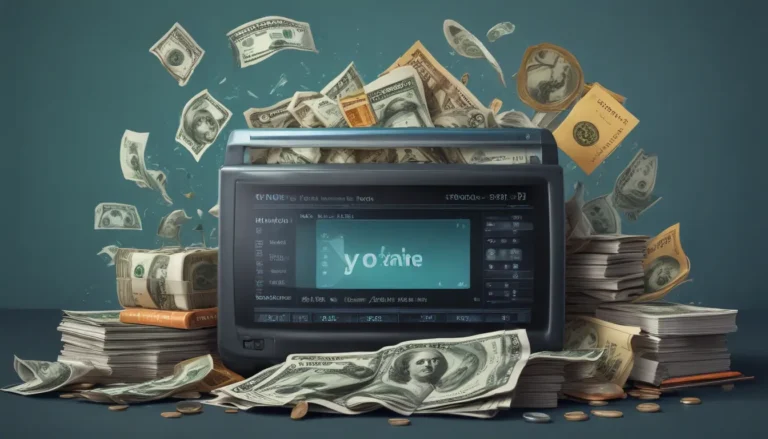A Note About Images: The images used in our articles are for illustration purposes only and may not exactly match the content. They are meant to engage readers, but the text should be relied upon for accurate information.
In a world where technology continues to shape our daily lives, it’s no surprise that law enforcement agencies are embracing innovative tools to enhance public safety and combat crime. Police drones, also known as Unmanned Aerial Vehicles (UAVs), have emerged as game-changers in modern policing, offering a unique perspective from the skies. But what exactly are police drones used for, and how do they contribute to safety and efficiency? Let’s delve into the realm of police drones and unravel some fascinating facts that shed light on their transformative impact.
Unraveling the Role of Police Drones
As the demand for enhanced surveillance and operational capabilities grows, police drones have emerged as versatile tools that support a wide range of law enforcement activities. From search and rescue missions to crowd monitoring and crime scene analysis, these high-flying devices have revolutionized the way police operate in diverse scenarios. Let’s explore some key roles that police drones play in modern law enforcement:
- Search and Rescue: Equipped with thermal imaging technology, drones can quickly locate missing persons in challenging terrains, reducing search times significantly.
- Crowd Monitoring: During large public events, drones provide invaluable overhead views that assist in crowd management and identifying potential security threats.
- Crime Scene Analysis: High-resolution cameras mounted on drones capture detailed photographs of crime scenes from above, aiding investigators in gathering crucial evidence without disturbing the scene.
Enhancing Safety Through Drone Technology
Safety is a top priority for law enforcement agencies, and police drones play a crucial role in enhancing both officer and public safety. By leveraging the capabilities of drones, law enforcement can mitigate risks, respond rapidly to emergencies, and make informed decisions based on real-time aerial data. Here’s how police drones enhance safety:
- Reduced Risk: Drones are deployed into potentially dangerous situations, minimizing the risk to officers and providing critical information before human intervention.
- Quick Response: With rapid deployment capabilities, drones can reach scenes faster than ground units, providing immediate situational awareness for effective decision-making.
- Accurate Assessment: Real-time aerial footage allows law enforcement agencies to assess situations accurately, leading to swift and well-informed responses during emergencies.
The Evolution of Police Drones: A Technological Journey
From basic aerial vehicles with standard cameras to advanced surveillance systems with cutting-edge technology, police drones have undergone a remarkable evolution over the years. Modern drones boast enhanced capabilities, longer flight times, and improved accessibility, making them indispensable tools for law enforcement operations. Let’s explore the evolution of police drones:
- Enhanced Capabilities: Advanced features such as night vision, thermal imaging, and zoom capabilities enable drones to perform detailed observations in various environmental conditions.
- Longer Flight Times: Technological advancements have led to drones with extended battery life, allowing for prolonged operations without frequent recharging.
- Improved Accessibility: User-friendly interfaces and simplified operation procedures make it easier for officers to deploy drones, ensuring that aerial surveillance is accessible to departments of all sizes.
Navigating Legal and Ethical Considerations
While the benefits of police drones are undeniable, their use raises important legal and ethical considerations, particularly in relation to privacy and surveillance practices. As law enforcement agencies embrace drone technology, it is crucial to establish regulatory frameworks and engage with communities to address these concerns. Here are some key considerations:
- Privacy Concerns: The potential for intrusive surveillance has prompted discussions about the need for regulations to protect individuals’ privacy rights in the face of increasing drone use.
- Regulatory Frameworks: Many jurisdictions are developing laws to govern the deployment of drones by law enforcement, striking a balance between public safety imperatives and privacy protections.
- Community Engagement: Building trust and transparency with communities is essential for police departments utilizing drones, fostering dialogue around drone use and ethical practices.
Embracing the Future of Policing With Drones
As we reflect on the transformative role of police drones in modern law enforcement, it becomes clear that these aerial assets are reshaping the landscape of public safety and crime prevention. The ability of drones to access remote locations, gather critical data, and enhance operational efficiency highlights their significance in policing operations. However, as we embrace these technological advancements, maintaining a balance between innovation and ethics remains paramount. Striking a harmonious blend of cutting-edge technology and civil liberties will be key as we navigate the evolving landscape of drone-assisted policing.
In conclusion, police drones represent a paradigm shift in law enforcement, offering unprecedented capabilities to ensure public safety and combat crime effectively. As we continue to explore the potential of drone technology in policing, it is essential to uphold ethical standards, respect privacy rights, and engage with communities to foster trust and transparency. Let us embrace the future of policing with an open mind, recognizing the immense potential of drones as invaluable tools in the pursuit of justice and security.






